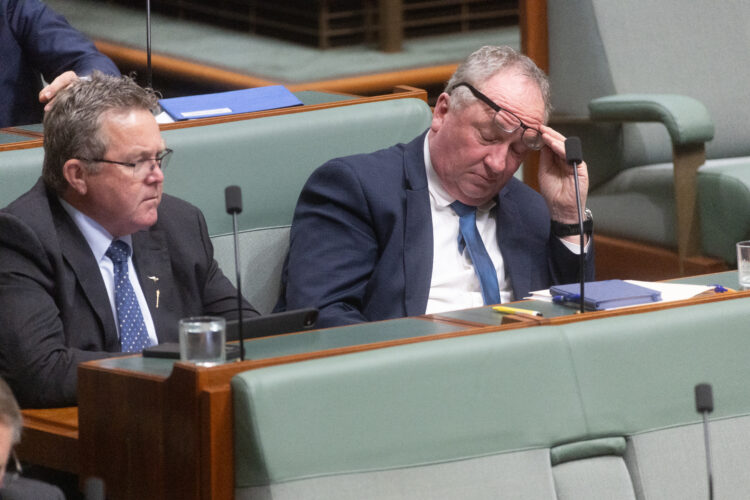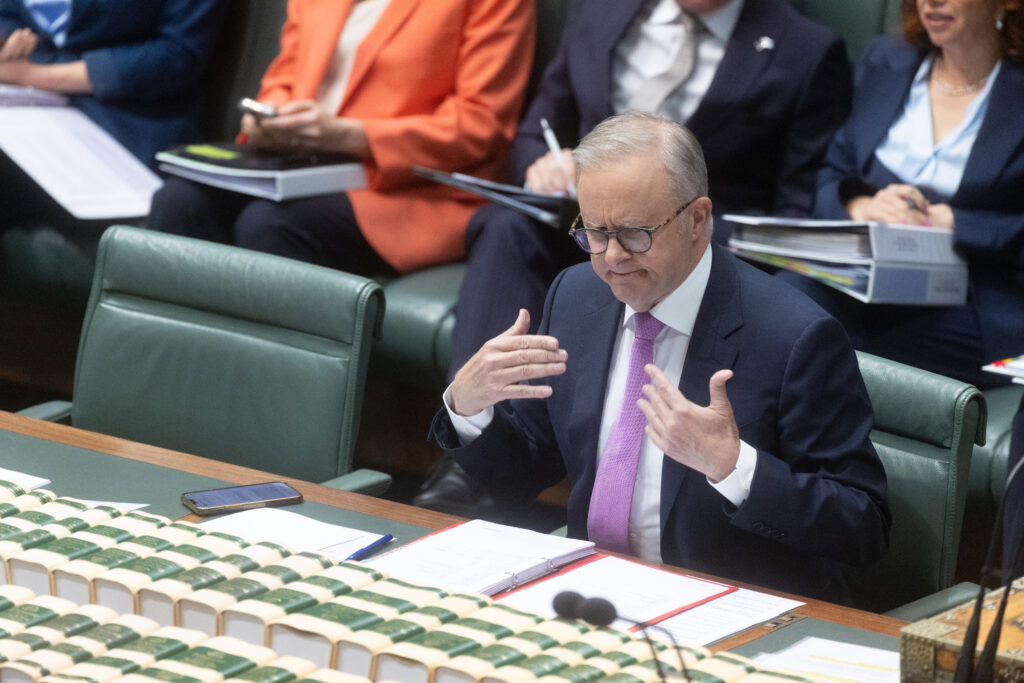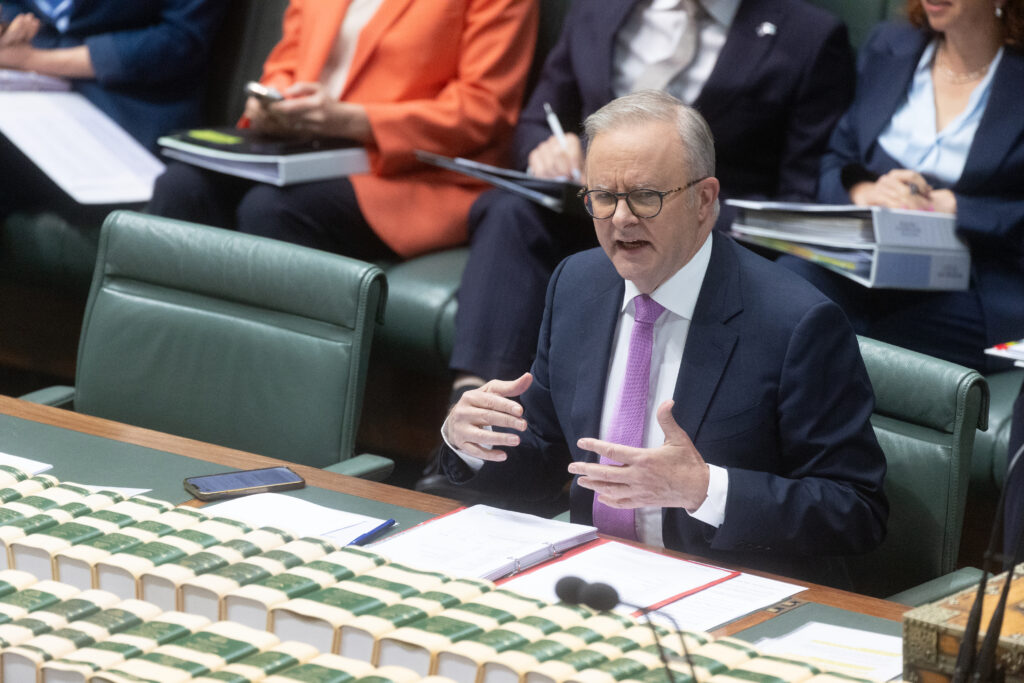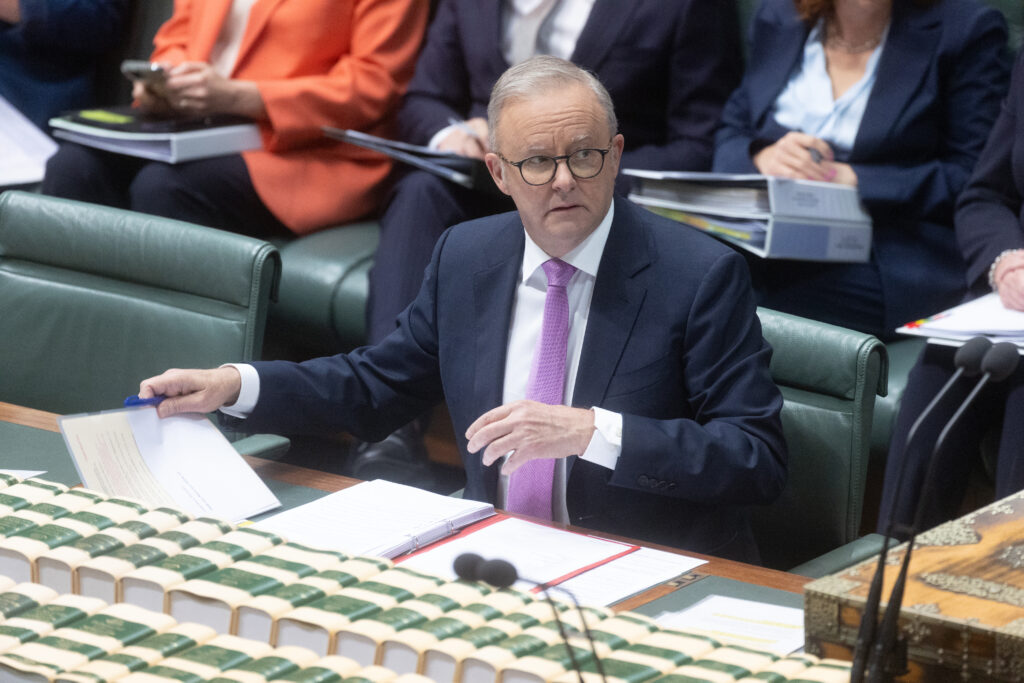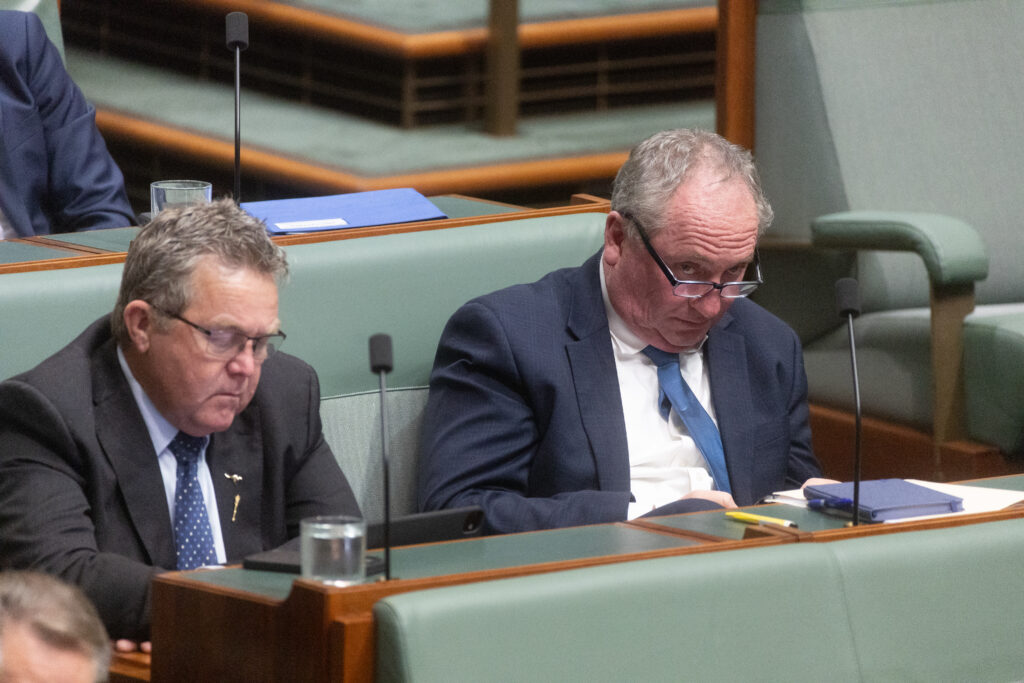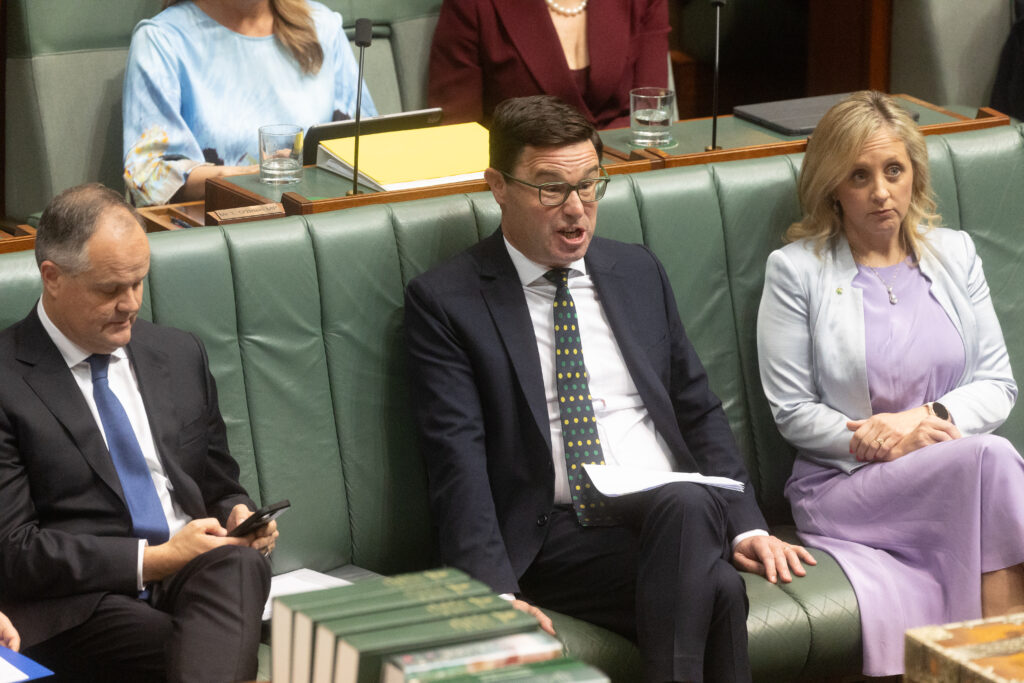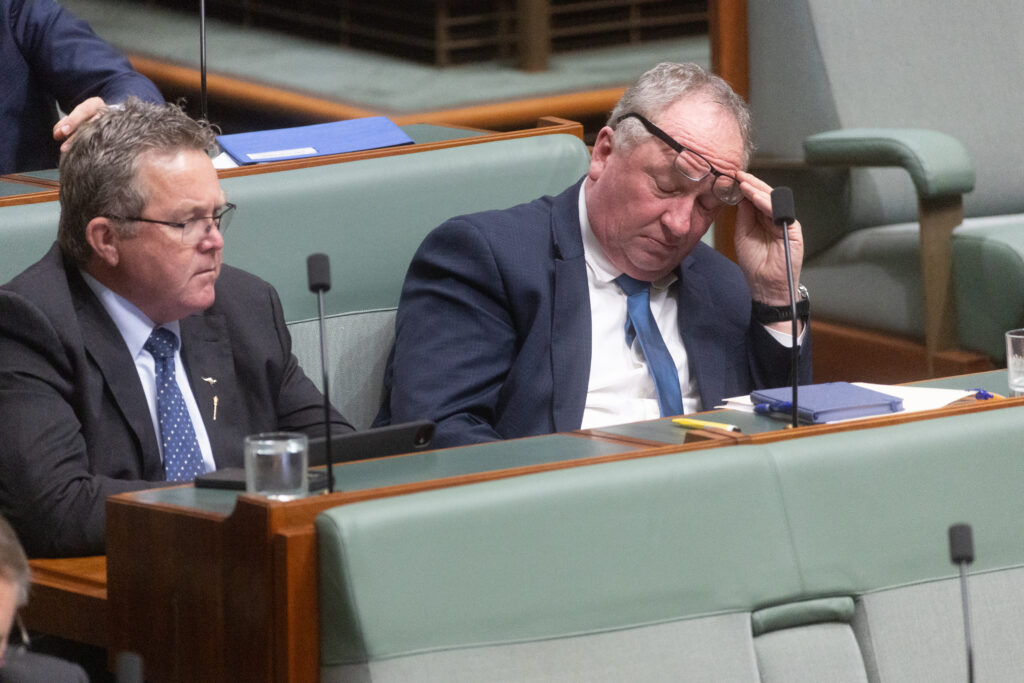Rebekha Sharkie has a question for Tony Burke, who is representing the minister for environment, Murray Watt:
The great southern reef stretches from Western Australia across the southern state to New South Wales, it is more unique biodiversity than the Great Barrier Reef but receives just a fraction of the Federal funding. With the algal bloom cat in South Australia, will the government commit to properly funding monitoring of the great southern reef?
Burke:
I thank the member for Mayo for the question. And also for her whole time here in the Parliament has been an absolute champion of that coastline, including beautiful Kangaroo Island in her electorate. I think the member’s right to say that the great southern reef, people will know the Great Barrier Reef on the east coast, people will know Ningaloo Reef opt west coast but the great southern reef, you’re going from New South Wales, between Tasmania, around Tasmania, around Victoria, South Australia and WA, talking about 8,000km, the size of this reef and there’s been understandably a focus on it right now because of the algal bloom.
If you think of that distance, being a reef of some 8,000km, the algal bloom is 4,400km. So the size of what’s going on is extraordinary. As the member’s aware, and I’ll go to monitoring in a minute, but as the member’s aware, the environment minister has committed $14 million together with South Australia to make sure that we are helping South Australia in particular which has been so horrifically hit by this algal bloom.
You think of people walking along the beaches in South Australia. Like, the great joy, what would normally be the happiest part of their day has become the most depressing, seeing the death of marine life along those beaches. There is significant research and conservation projects which do touch on the great southern reef.
The projects that I’ll go through, they’re not limited to it but a whole lot of their work is within the great southern reef. For example, there’s $24.5 million which goes most of the sites for this on handfish, giant and shellfish, reef restoration projects, knots purely the great southern reef but most of the sites in the program are the great southern reef.
Similarly, there is $5.5 million through the national environmental science program and the Fisheries Research and Development Corporation for management effectiveness, knowledge gathering, across those marine parks, in particular in temperate reefs, and the bureau — Bureau of Meteorology together with the CSIRO is also looking at having a marine heatwave forecast tool. People would be aware that the challenge here has been three things that have come all at once. We had, from the Murray River, a nutrient run-off of extraordinary proportions, combined with the cold water [not coming] and also a marine heatwave. All of that has caused what we’ve been seeing, by the best of scientific research so far. But the commitment that I certainly can give as well is that that Albanese government will continue to support the South Australian government to address what is horrific.
